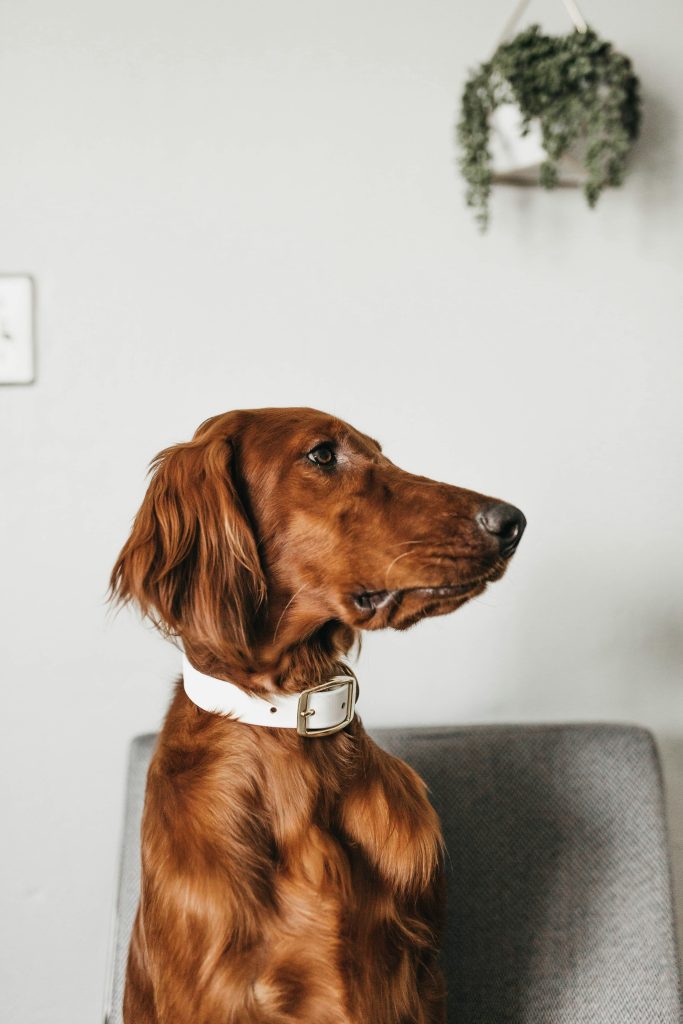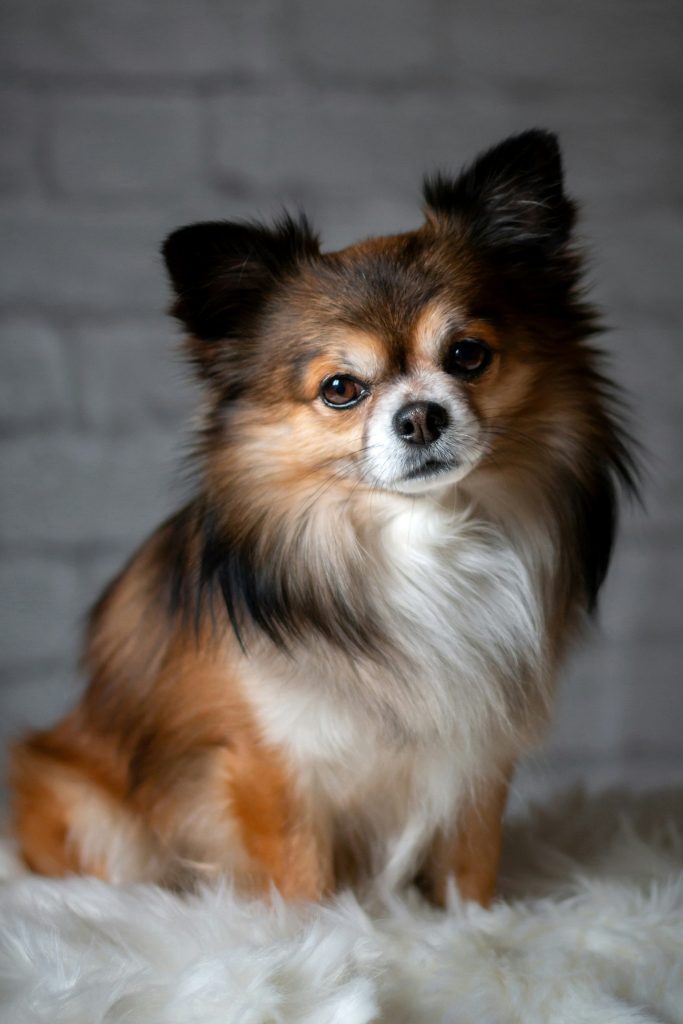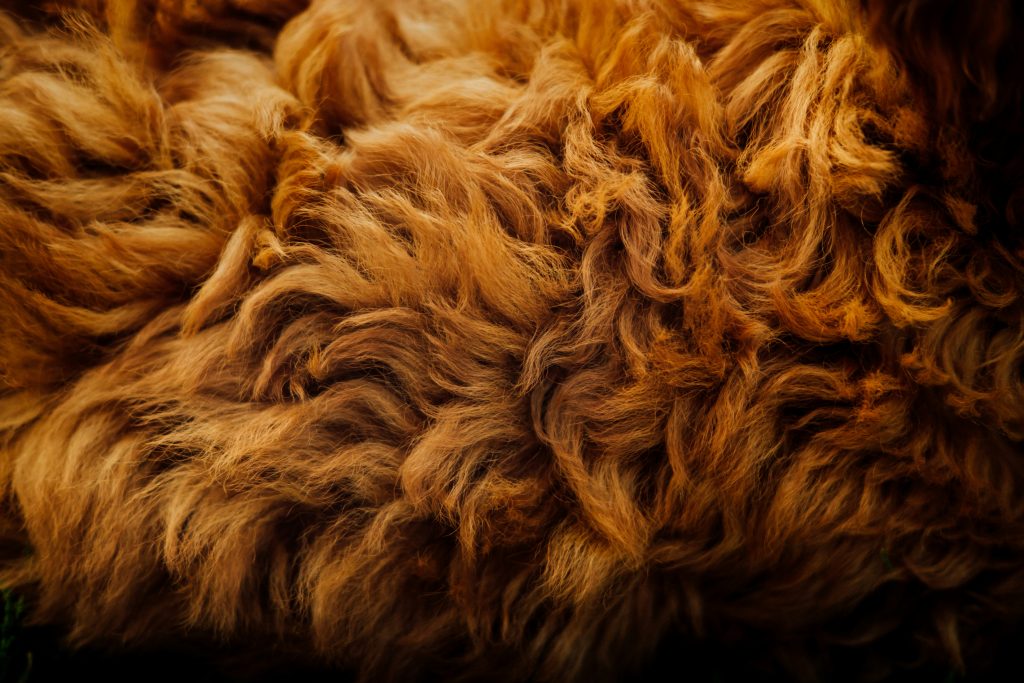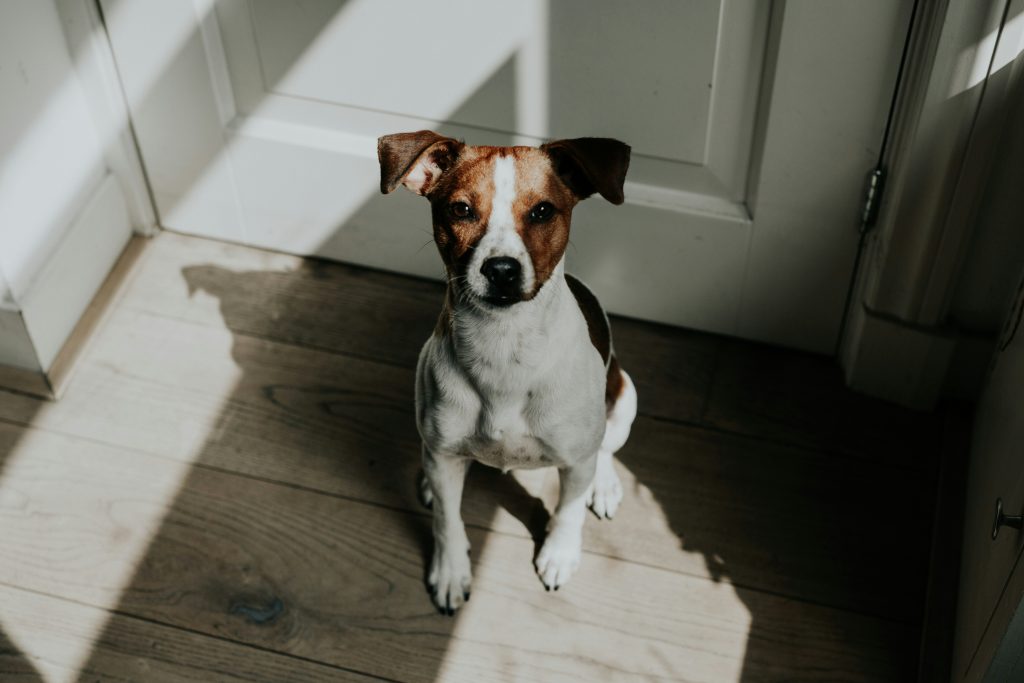An overview of different fur and hair types in dog breeds, exploring the impact on appearance, shedding, and grooming needs, as well as tips for maintaining healthy coats.

Overview of Different Fur and Hair Types in Dog Breeds
Exploring the world of dog breeds unveils a fascinating array of fur and hair types that play a significant role in grooming practices and the overall well-being of our furry companions. Different dog coat types require varied grooming methods and influence the need for dog jackets in different weather conditions. From the sleek and short coats of Dalmatians and Dobermans to the fluffy and heavy coats of Pomeranians and Chow Chows, each breed showcases a unique combination of textures and lengths that require tailored grooming approaches. The diversity in coat types not only influences the visual appeal of a dog but also affects shedding patterns and grooming needs, highlighting the importance of understanding these variations for pet owners and groomers alike.
Moreover, the coat types found in different breeds offer insights into the specific grooming requirements essential for maintaining a healthy and aesthetically pleasing appearance for our canine friends. For instance, the double coat, characteristic of breeds like Huskies and Golden Retrievers, consists of straight outer hair and a soft undercoat, necessitating seasonal shedding management techniques to prevent matting and ensure coat health. By delving into the specifics of fur and hair types across various breeds, we gain a deeper appreciation for the intricate care routines needed to cater to the unique needs of each dog, ultimately enhancing the bond between pets and their owners through attentive grooming practices.

Exploring Various Dog Coat Types
When it comes to dog coat types, there is a wide range of textures and lengths seen across different breeds. For instance, the short coat is known for its rough feel, being close to the body, and shedding regularly. Breeds like Boxers and Bulldogs exhibit this type of coat, requiring grooming practices tailored to manage their shedding tendencies and maintain coat health. Additionally, the double coat is another common variation found in breeds such as Huskies and Golden Retrievers. This type includes a straight outer layer of hair along with a soft undercoat, resulting in seasonal shedding patterns. Understanding these distinctions is crucial for dog owners to implement appropriate grooming routines and products to address the specific needs of each coat type.
Moreover, exploring the diversity in dog coat types sheds light on the unique characteristics that define each breed. For example, Huskies, with their double coats, have evolved to adapt to cold climates with their shedding patterns changing throughout the year. This showcases how a dog’s coat type is not just about aesthetics but also plays a significant role in their comfort and well-being. By recognizing these variations, owners can better appreciate the specific grooming requirements, shedding behaviors, and overall care needed to ensure their furry companions remain healthy and happy.
Grooming Practices for Different Coat Types
Understanding the diverse grooming needs based on the coat types of different dog breeds is paramount for responsible pet care. Each coat type, whether smooth, short, double, or heavy, demands specific grooming products tailored to its requirements. For instance, dogs with heavy coats like Pomeranians or Chow Chows benefit from daily brushing to prevent mats and tangles, while breeds with short coats such as Boxers or Bulldogs may need weekly grooming to manage shedding and maintain a healthy coat. Moreover, the use of appropriate shampoos and conditioners suited to the unique characteristics of each coat type can enhance the overall grooming process and the dog’s well-being.
Furthermore, the grooming frequency plays a significant role in ensuring the cleanliness and health of a dog’s coat, depending on its type. Dogs with heavy coats that are prone to matting may require daily brushing sessions to keep their fur in top condition and prevent painful tangles. On the other hand, breeds with short coats might not need as frequent grooming but benefit from regular maintenance to minimize shedding and maintain a sleek appearance. By aligning grooming practices with the specific needs of different coat types, dog owners can enhance their pets’ comfort, appearance, and overall quality of life.

Mixed Breeds and Unique Coat Textures
Mixed breeds, such as Labradoodles and Goldendoodles, are popular examples of dogs with diverse coat textures resulting from their varied genetic makeup. These mixed breeds often possess a combination of hair and fur, which can lead to challenges in grooming routines. Due to the unique blend of hair and fur, mixed breeds require specialized care and attention to cater to their distinct grooming needs effectively.
For instance, Labradoodles, a cross between Labrador Retrievers and Poodles, may inherit the Poodle’s curly, hypoallergenic coat, which requires regular grooming to prevent matting and maintain its texture. Similarly, Goldendoodles, a mix of Golden Retrievers and Poodles, can have a range of coat types—from wavy to curly—making their grooming requirements more complex and demanding. These examples illustrate how mixed breeds with diverse coat textures necessitate specific grooming practices tailored to their individual needs to keep their coats healthy and well-maintained.
Genetic Diversity and Adaptability in Dog Breeds
Genetic diversity is fundamental in the preservation of the adaptability and survival of various dog breeds. Understanding the genetic makeup of different breeds is essential as it influences their ability to thrive in different environments and adapt to changing conditions. For instance, the genetic diversity of dog breeds helps them withstand various health issues that can arise due to inbreeding or limited gene pools. By maintaining genetic diversity, breeders can ensure that dogs remain healthy, resilient, and better equipped to face challenges that may arise.
Furthermore, genetic bottlenecks and inbreeding can have detrimental effects on the evolution and overall health of dog populations. For example, a limited gene pool resulting from inbreeding can lead to an increased prevalence of genetic disorders and vulnerabilities in certain breeds. Conservation efforts aimed at preserving genetic diversity, such as the use of molecular markers like SNPs, are crucial for evaluating and safeguarding the genetic variability within different breeds. These efforts not only help maintain the unique characteristics and traits associated with specific breeds but also contribute to the overall well-being and longevity of dog populations worldwide.

Tips for Maintaining Healthy Coats
Keeping your canine companion’s coat in optimal condition involves more than just regular grooming. Providing your dog with omega-3 and -6 fatty acid supplements can significantly enhance the health and appearance of their coat. These essential nutrients are known for their role in promoting skin and coat health, reducing shedding, and adding a glossy sheen to the fur. For example, breeds like Labrador Retrievers with double coats can benefit greatly from these supplements to maintain the quality of both their outer and undercoat.
Moreover, the impact of diet on coat health should not be underestimated. Tailoring your dog’s nutrition to their specific coat type can address common coat issues such as dryness or greasiness. For instance, breeds like Pomeranians with heavy coats may require a diet rich in nutrients that support skin and coat health to prevent matting and maintain a plush appearance. Additionally, for hairless breeds like Xoloitzcuintlis, sun protection is vital to shield their sensitive skin from harmful UV rays, emphasizing the need for specialized skincare routines to ensure their well-being and comfort.
